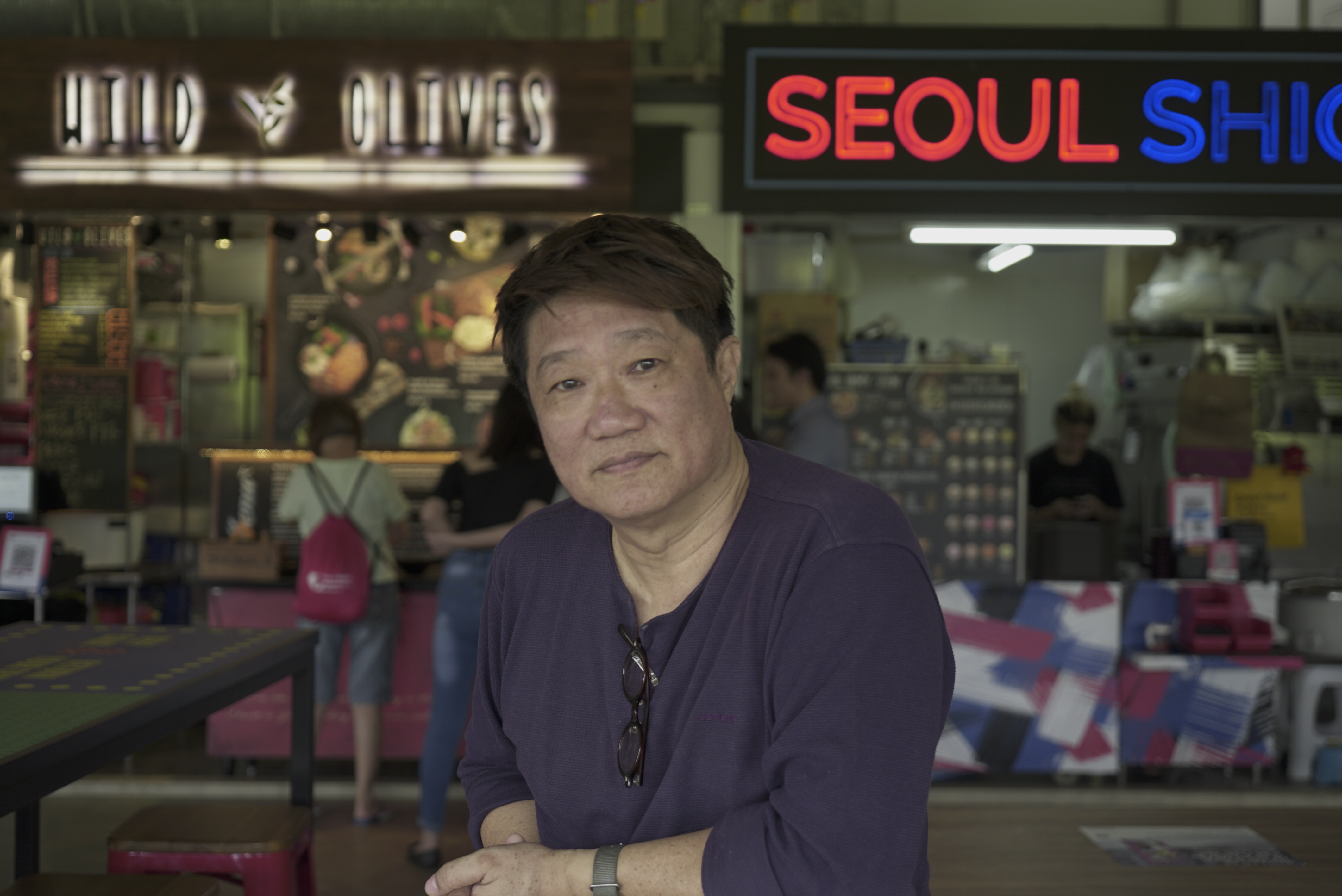But when I meet him, he practically screams into my face, “This place is an oxymoron!”
We are in Pasir Ris Central Hawker Centre, and having been here a few times before, I knew that it was a decision charged with obvious, underlying intent.
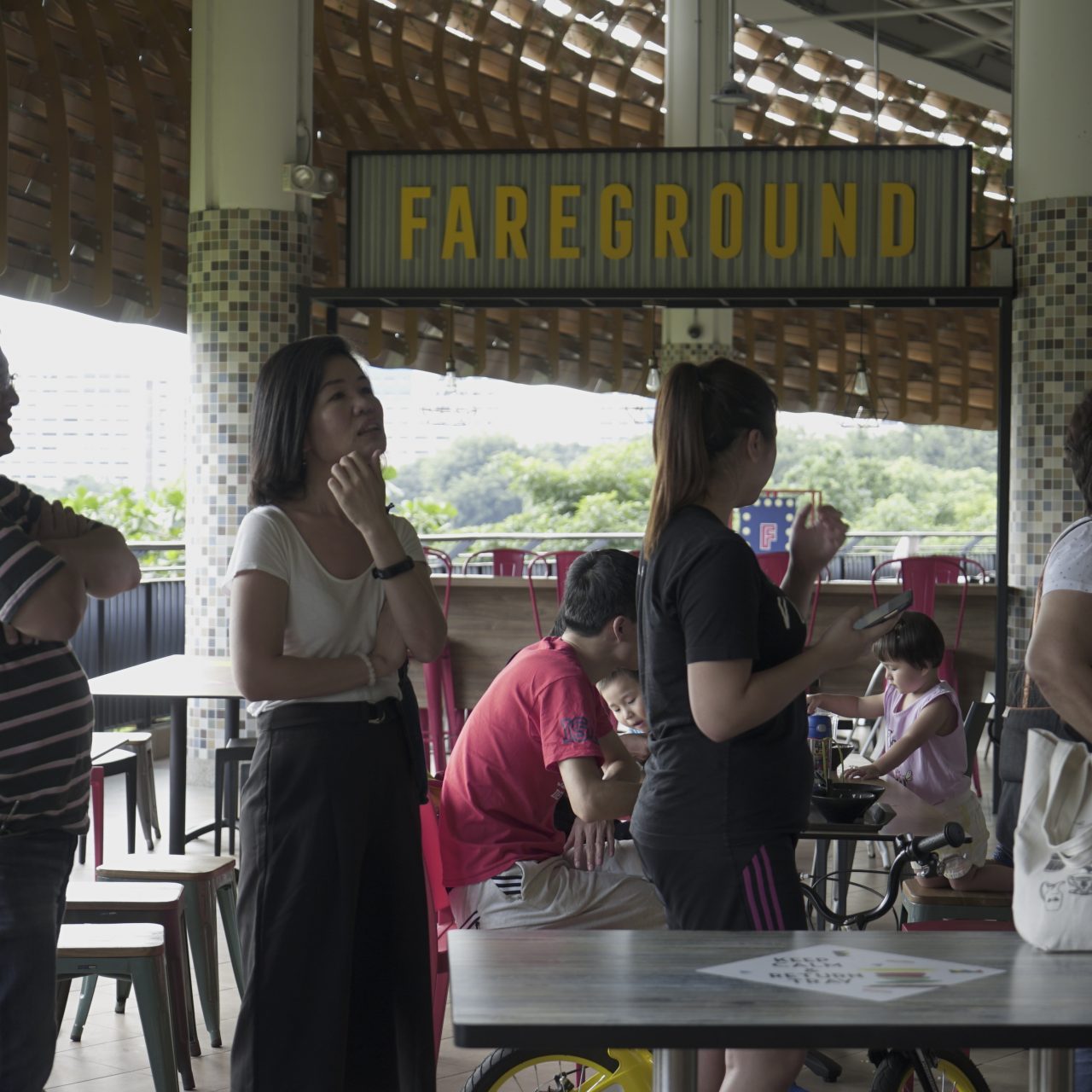
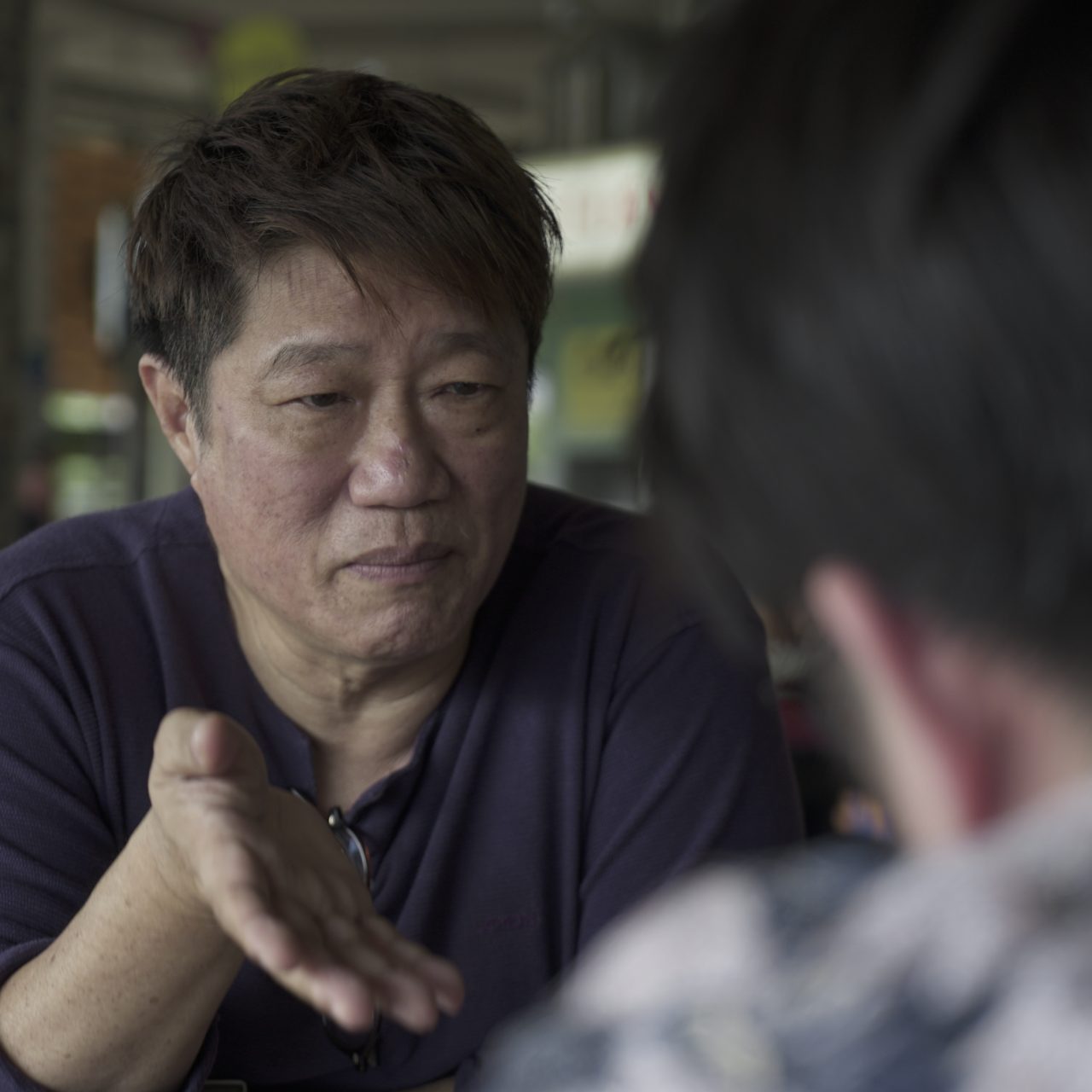
“How can you put hawker food and hipster food under the same roof and call it a hawker centre? It’s a joke!”

In isolation, food and photography have little in common. But his passion for both fields, coupled with his tendency to stray from convention, reached a natural climax when he gave birth to Makansutra—arguably the godfather of food photography in Singapore.
His passion for both food and photography runs deep because of two separate father figures who have shaped the trajectory of his life.
The first of whom he’s related to by blood.

“These are things that only an advanced taste pervert or a connoisseur can think of.”
As founder of the Makansutra food guide, which has gone on to spawn ten editions, he would know.
His early youth was filled with adventures with his father, who brought him around the island to eat all kinds of hawker food. Unfortunately, his father succumbed to liver cirrhosis when Seetoh was just 12.
“Even though he was dying from his illness, when the doctor told him to eat salads, he told the doctor to go and die!” he laughs, almost with a hint of pride, illustrating just how important food was and still is in the Seetoh household.

It wasn’t just hard skills in photography that he picked up from the man. Seetoh tells me that the most important piece of advice he’d ever receive came from him as well.
“He would tell me: ‘Don’t just stand around looking nice. They way you move is impactful, and when they (people) see you, they will remember you. It’s how you conduct yourself.’”
While he might have been referring to moving around a scene as a photographer, covering all possible angles to show a conscientious work ethic, it also alludes to being purposeful in everything you do.

“I was there for 7-8 years, and became the youngest senior photographer in their history at 25. I even had to order around people who were twice my age,” he tells me matter-of-factly.
“Pay wasn’t very good, but I loved the job. There was nothing better than being in the photography area at an event and having a press badge around your neck.”
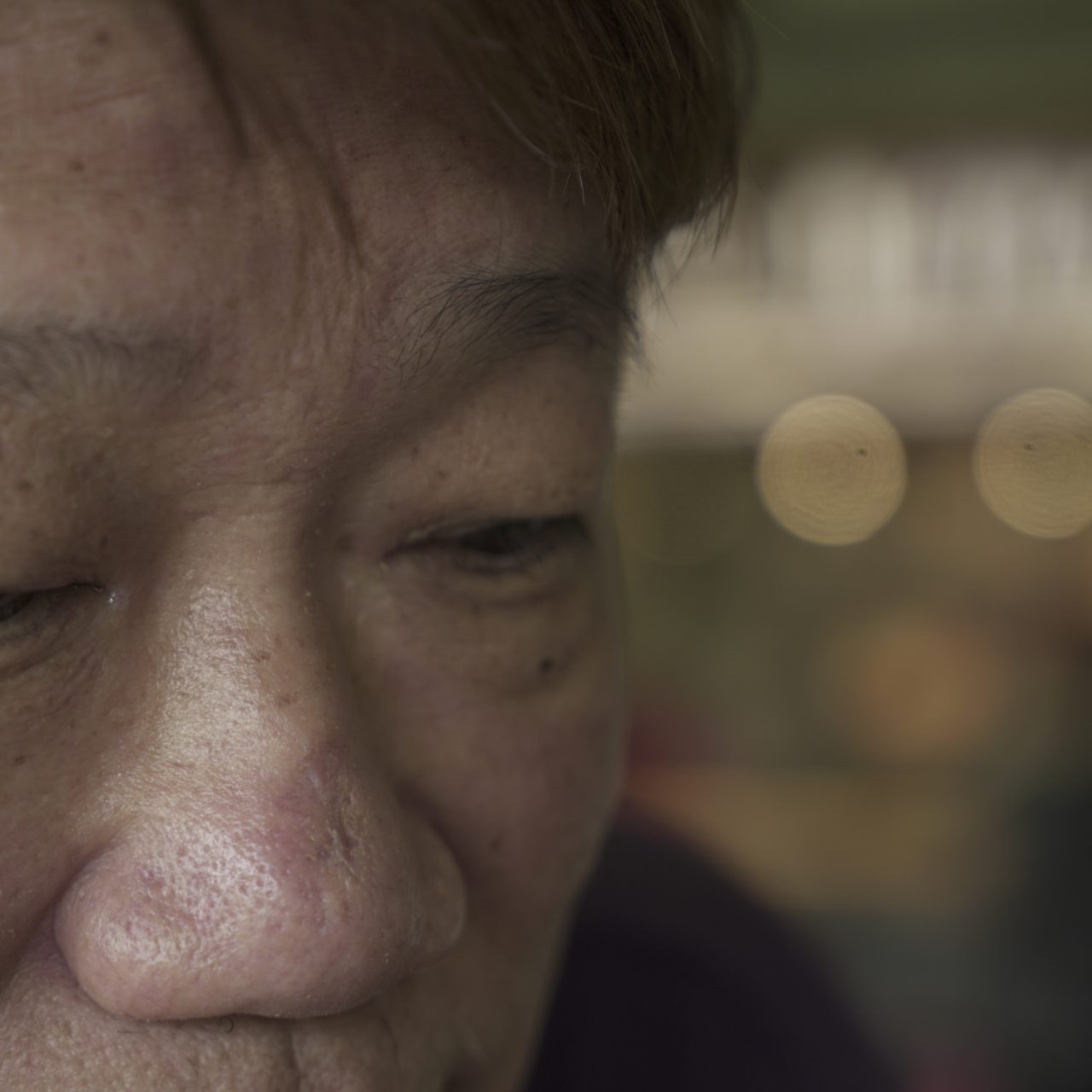
“I was assigned to a Miss NUS event once, and I was so excited because I was young, single, and horny,” he laughs.
Yet instead of shooting predictable images of the participants in their gowns or bikinis at the front of the stage, Seetoh conceptualised a different approach, which saw him staying backstage for the entirety of the event. There, he took close-up shots of the participants’ legs in various states.
“Some of them were wearing shoes or heels while some of them were completely barefoot,” he explains, pride oozing from his voice.
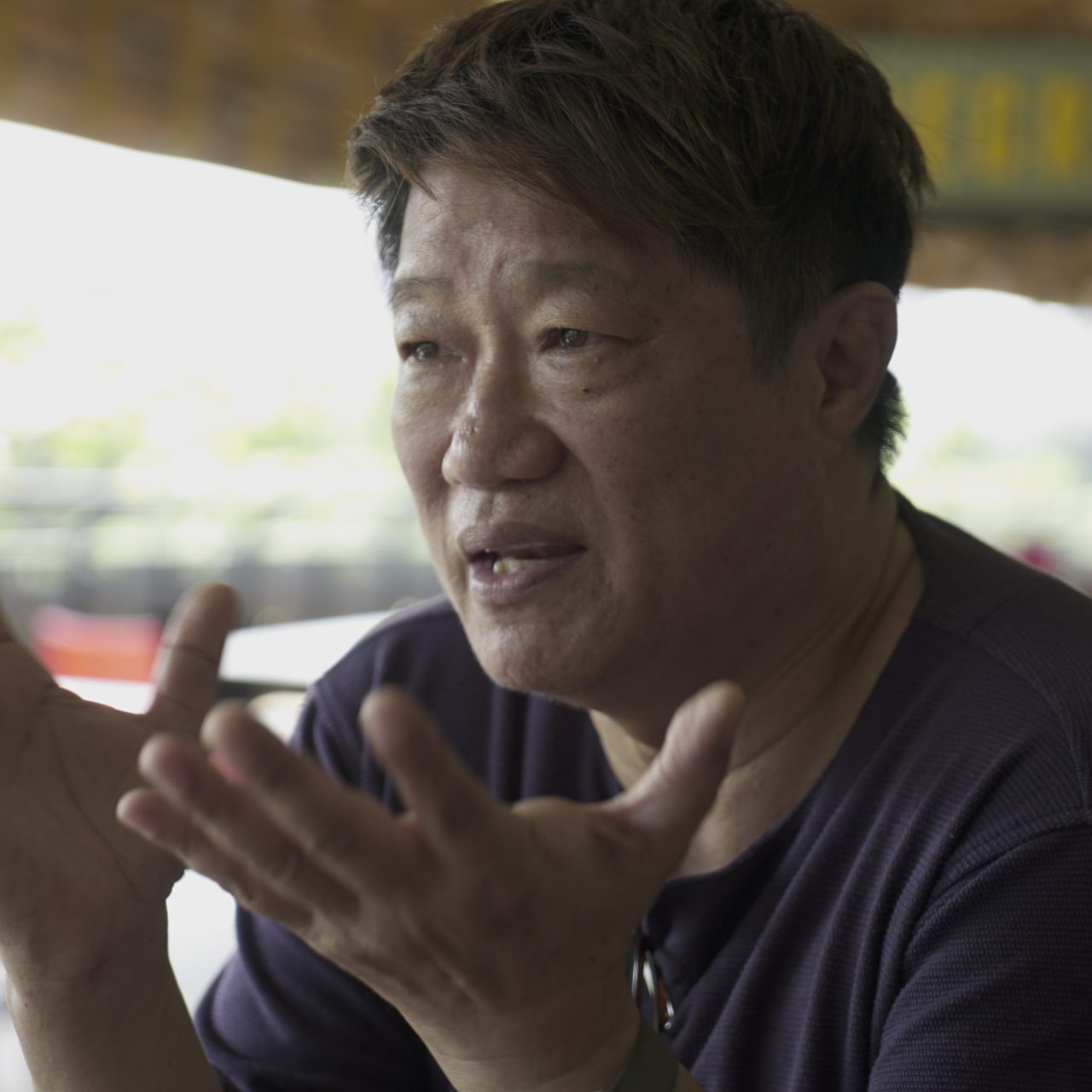
He asks my colleague about his setup and they spend the next 5 minutes engaged in detailed conversation about the technical aspects of photography. Seetoh even complains about how easy photographers these days have it by telling us about the huge amount of gear he had to carry around for every shoot.
“Now, you just take your iPhone, point and shoot only, everything is too easy already.”
And of course, it quickly becomes apparent that Seetoh isn’t just talking about photography. Our culture as a whole, which has been so drastically influenced by social media and the convenience of the internet, has seen the way we interact with life completely transformed. A prime example would be the way in which we discover and consume food, which Seetoh feels strongly about.
He believes that there is value in roaming the streets alone, asking random people on the street he calls “informed nobodies”.
“Follow your nose, this is the way you will get pointed to good food for sure.”
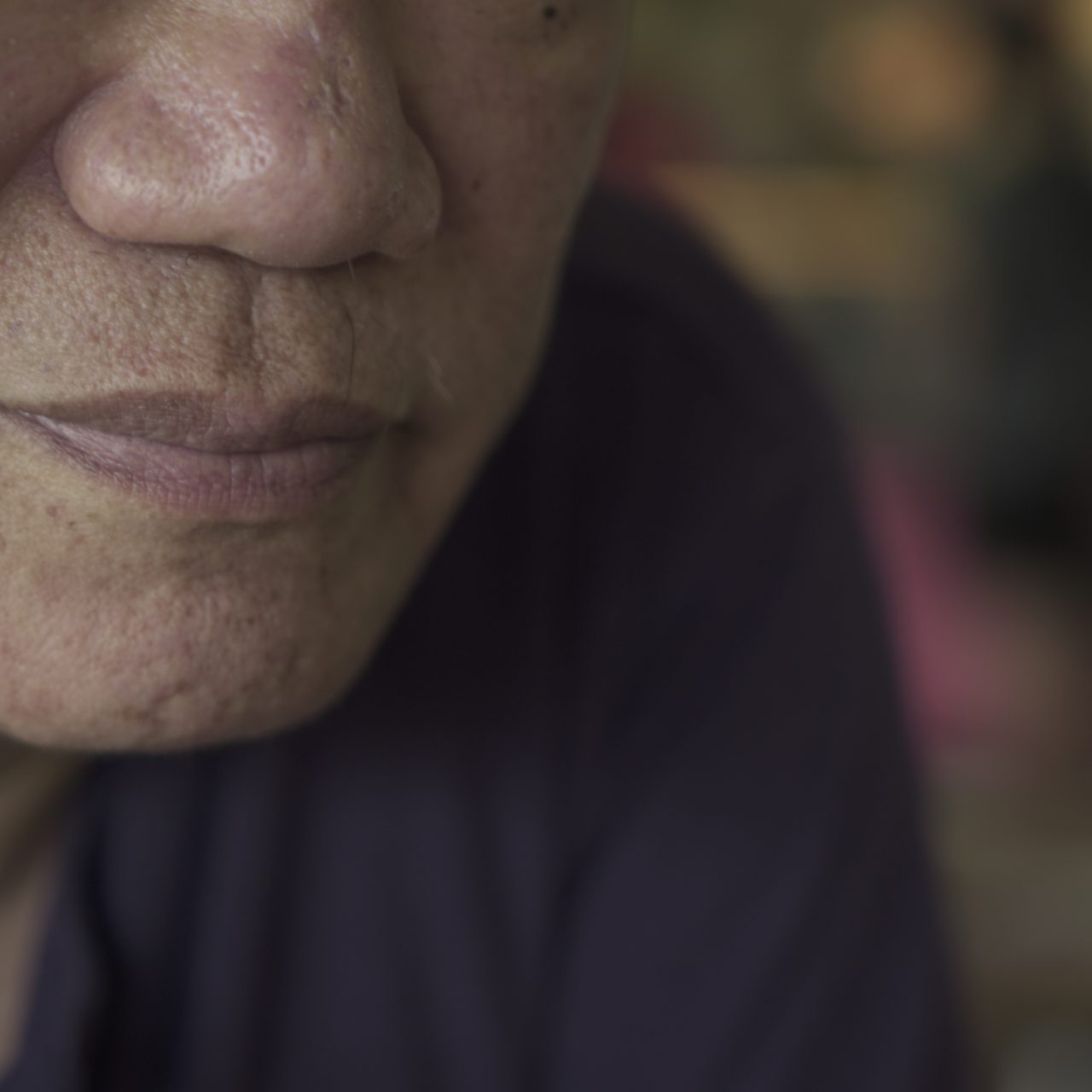
This is as opposed to Seetoh, who puts in the effort to discover new foods, rather than to go online in search of what he calls “Top ten foods”. The sad thing is, he might be the only proponent of the most authentic version of food photography left in this sea of young upstarts.
Having unwittingly fallen into the trap of “Top ten foods” myself on several occasions at food establishments with melted cheese as its USP, I probe further.
“But what exactly is food culture?” I ask Seetoh.
“Angmohs always like to meet up to chill and have drinks only. In Singapore, if someone ask you to go out at night, you will confirm end up having supper or something to eat. Food facilitates, but most of all, food culture is the fact that you even want to talk to me about food.”
He goes on to explain that there is a lot that you can tell about someone from the food they like to eat. A Cantonese person might enjoy drinking soup, while a Teochew person might have a tendency to go for braised duck.
“Most importantly, you can tell how close a person is to their family, especially if they have fond memories of their grandmother’s cooking, as opposed to someone who tapaos cai png for dinner everyday.”

In fact, Seetoh feels strongly about Singapore’s claim for hawker culture, and believes that there isn’t enough pride amongst Singaporeans. For example, he tells me of an incident when a friend invited him to Penang to eat at its first Nasi Padang stall (not to be mistaken for Nasi Kandar, which is a staple there).
“It was so ordinary. Why do I have to go all the way to Penang? Besides, they always have the same few 15 dishes that are sold everywhere. Just go to any hawker centre in Singapore and we will beat them hands down in terms of variety,” he asserts provocatively.
A bold claim, but it’s also exactly why he feels that hawker culture in Singapore is worth protecting. Even more so, it is deserving of its UNESCO status.
“What people don’t realise is that when Singapore’s hawker culture gets the UNESCO award, every hawker in Singapore will receive the award as well, and this will only drive more tourists to try our local food.”
“For us to achieve UNESCO status, we need to be world class in every aspect. The government needs to provide, the people need to support, and then the industry will thrive.”
Contrary to what many people believe, Seetoh insists that the UNESCO bid is not led by the government, and hazards a guess that it is because of the timing of the entire SEHC (Social Enterprise Hawker Centre) saga that has left a sour taste in mouths of the public.
Nevertheless, Seetoh acknowledges that there are greater problems at large, such as the old age of many of our hawkers and the lack of proper infrastructure for new hawkers looking to take their place.

Many of these older hawkers are also being forced to reckon with their futures, due to the rising costs which has made maintaining their businesses unsustainable. For instance, according to information given to him by a hawker at Old Airport Road Hawker Centre, all 168 stalls in the hawker centre will soon be charged up to $1000 a month to outsource the washing of their utensils to cleaners, even though none of them asked for it.
“Let’s say they hire 10-15 cleaners a month and pay them $1.5k. Factor in equipment and cleaning material, how much money is left? You do the math. Where is all this money going to?”
He also thinks that NEA’s incubation programmes can do much better when it comes to giving hawkers the help they truly need, and this does not necessarily need to come in the form of subsidies.
“These younger hawkers, they don’t need money. What they need is the proper training to ensure that they know what it takes to succeed.”
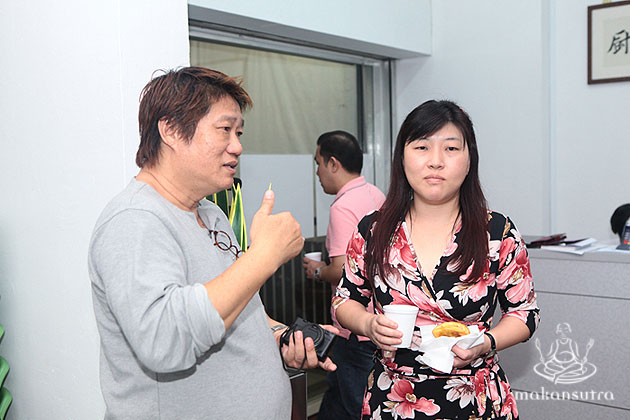
To this day, 18 of the 20 hawkers who took part are still running.
“It really isn’t an easy job. Imagine working in a hot and humid environment, putting your heart and soul into a dish, and then at the end of it, someone throws $3 in your face.”
This is why Seetoh is personally taking ownership of saving hawker culture.
“You hear a lot of talk about saving hawker food, but is anyone doing anything about it? What, are you all going to talk until your children eat hamburgers until they die? This is why I want to save hawker culture.”
As we started to wrap up our conversation, Seetoh cannot help but give my colleague one more piece of advice.
“Next time come earlier and check out all the potential angles you can take the photos from, there is still a lot you can learn, especially in making people remember you from the way you move,” he says, echoing the words of his old Hainanese mentor.
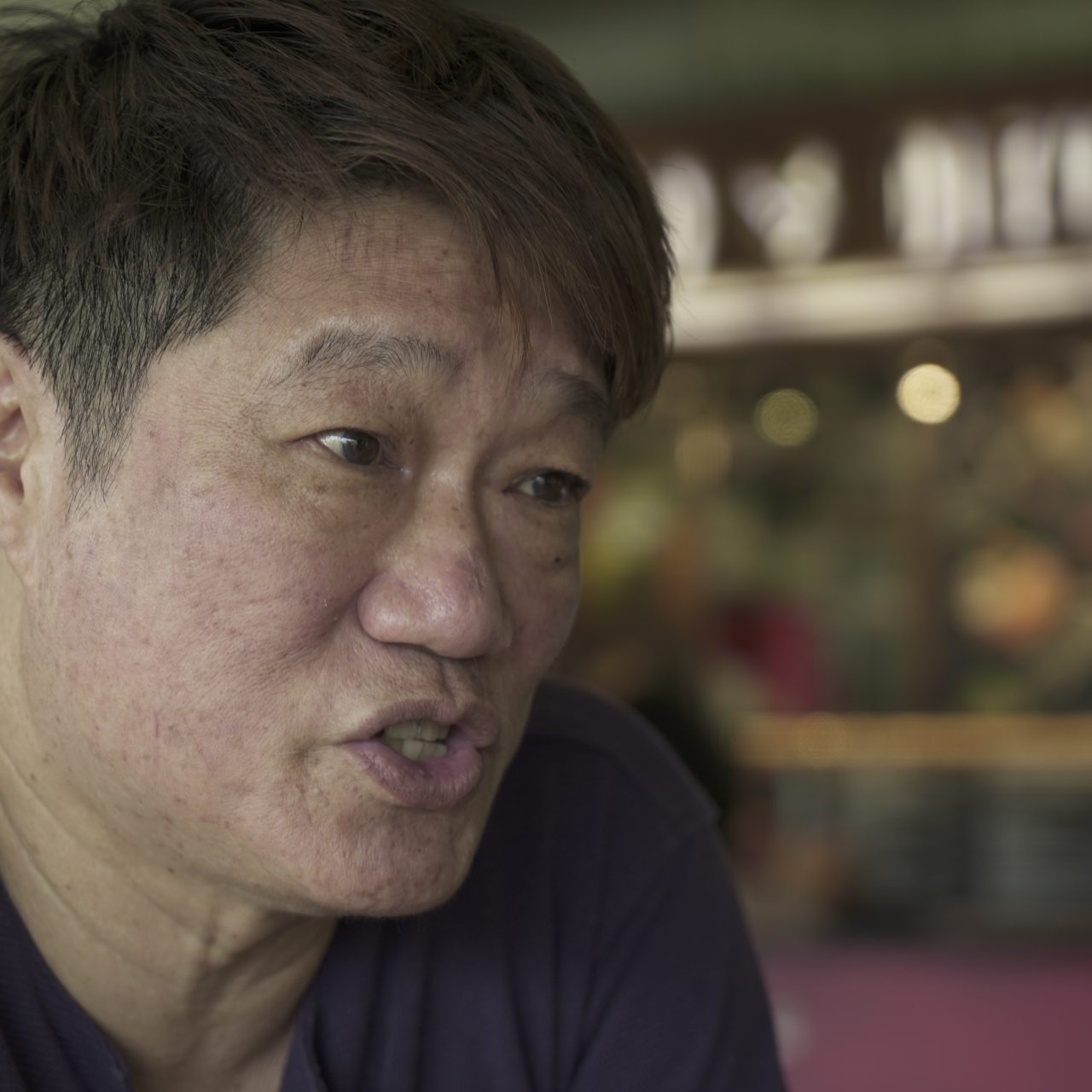
He might have taken pictures for his Makansutra food guides, but I think that deep down, the food was merely an excuse for him to explore another outlet to share his joy of photo taking. After all, photography is about preserving memories, and giving fleeting moments a permanence that day-to-day life will never provide.
With his outlook on the future of hawker culture as bleak as it is, it’s no wonder photography still brings him comfort.
And perhaps, taking photos of food is still his way of making sure that his two father figures live on in his life’s work. Makansutra is merely the best way he can cultivate the marriage between his two passions.
All the same, he thinks he might have a way to improve on his father’s spicy tofu and sugar concoction.
“If it were me, I would even squeeze some lime juice in there. You would have sweet, salty, spicy, and sour. All the tastes except for bitter.”
“That would be umami,” he smiles.

